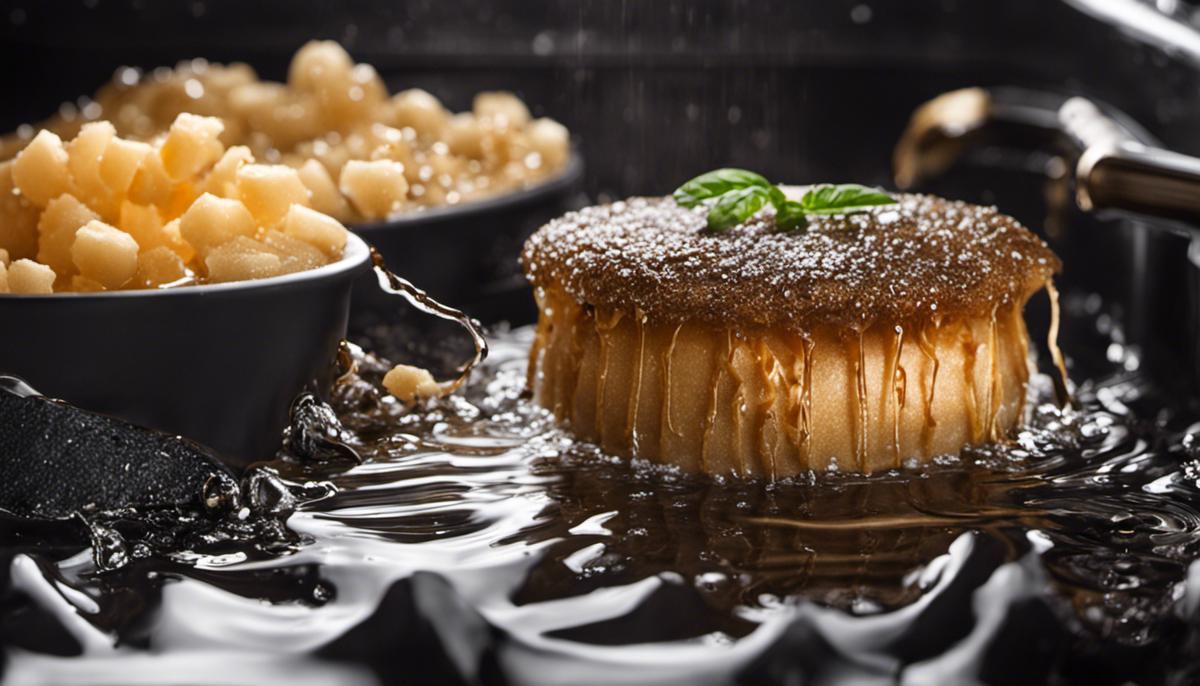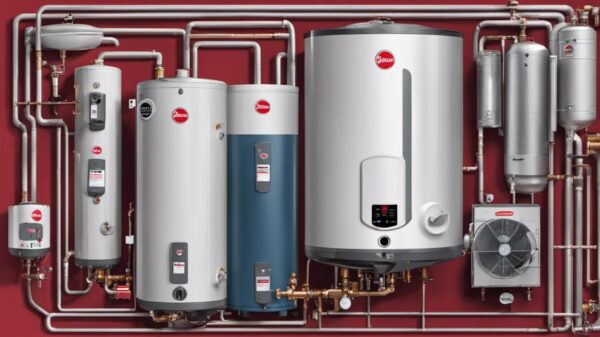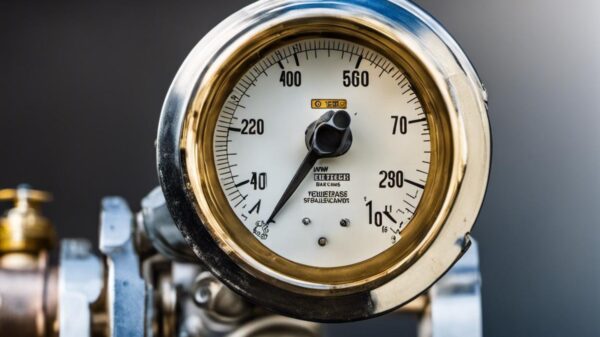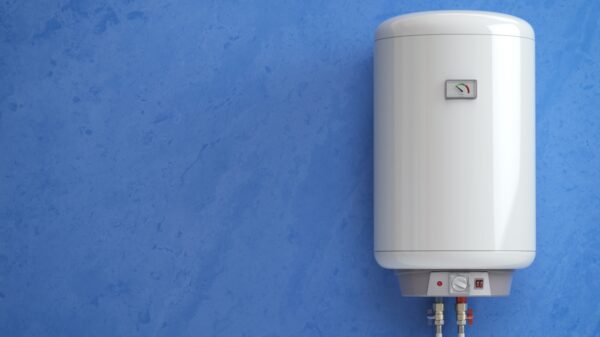At one time or another, nearly everyone has encountered a clogged drain. It’s a common household inconvenience that can occur in sinks, tubs, and showers, often caused by the accumulation of unwanted materials like hair, food scraps, grease, and other small objects. But what leads to these disruptions, and importantly, how can they be resolved without resorting to professional help? This guide aims to provide insight into the root causes of drain clogs, familiarize the reader with essential tools for the job, and provide a step-by-step walkthrough on how to appropriately assess and address the severity of a blockage.
Understanding the Causes of Clogs
Solving the Mystery: Unveiling What Causes Drains to Clog
Crafting solutions starts with understanding problems, and that’s the ethos we live by in our pursuit to conquer the ever-pervasive issue of clogged drains. The calamity of a stopped-up drain is an all too familiar tale in homes across the country. Let’s dive into what’s really causing your drains to back-up!
First off, the no-brainer culprit: Grease and fats. Just like in our own bodies, fatty substances can cause blockages in our pipes. Over time, the build-up forms a hard coat that narrowing the pipe and making it challenging for water to pass through. This is why it’s so important to properly dispose of cooking grease, rather than taking the easy way out and pouring it down the sink.
Next up, we have hair and soap. A common cause of bathroom sink and shower drain clogs, hair can quickly accumulate and bind together with soap scum to form a blockage. Couple that with a heavy dose of skin flakes and more soap scum, it’s no wonder this combination has solidified its place in the clogging culprit lineup!
Thirdly, coffee grounds. Surprising to many, coffee grounds play a significant role in blocking drains. They create a thick paste that lodges itself in your pipes, much like grease and fats. A quick tip – instead of throwing those old coffee grounds down the sink, utilize them around your plants or add them to a compost bin!
Turning our attention to larger challenges, main sewer line blockages can also contribute to individual drain clogs. These are caused by issues beyond daily household waste, like intrusive tree roots or significant build-up of non-dissolvable items like wipes, feminine products or even toys!
This brings us neatly onto non-flushable items. Suffice to say, if it wasn’t intended to be flushed, then chances are it’s going to wreak havoc with your pipes! Paper towels, wipes (even those claiming to be flushable), large food particles – you name it, it’s probably been found blockading a drain somewhere.
And finally, nature. Yes, even the great outdoors can interfere with your pipes! Leaves, dirt, and other garden debris can enter external drains and cause quite the congestion. Regular outdoor maintenance goes a long way in preventing these organic obstinacies.
Identifying what causes our drains to clog paves the way towards developing good practices around disposal of waste and cleanliness. Hence, the next time you’re confronted with a clogged drain, remember that a mindful approach, armed with this knowledge, can turn the tide! So, hold back that grease, be aware of the hair and soap, befriend composting for coffee grounds, and keep an eye out for what nature throws our way. Happy unclogging!
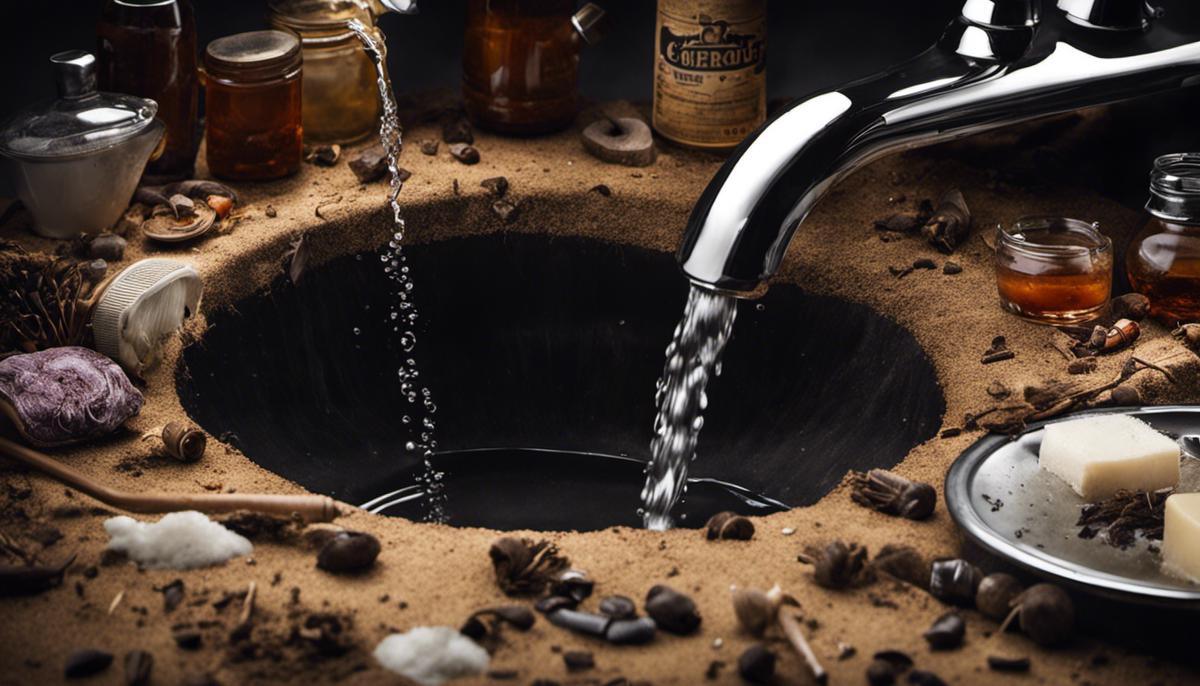
The Tools You’ll Need
Essential Tools for Clearing a Clogged Drain and Streamlining Your Plumbing Projects
In the grand universe of home repairs, understanding your plumbing system and knowing what tools to use to clear a blockage is of paramount importance. Yes, it’s a hobby that may not be glamorous, but once you get to understand the intricacies of the labyrinth that is your plumbing system, it becomes remarkably satisfying. Let’s delve into the must-have tools for effective unclogging of drains.
First up is the good old plunger. An unremitting champion of unclogging, and the first line of defense when faced with a clog. An essential for any house, plungers come in different types, the most common being the flange plunger and the cup plunger. The flange plunger is perfect for toilets, while the cup plunger can handle sinks, bathtubs, and showers with its flat bottom.
Next on our list is a plumber’s snake or a hand auger. This flexible coil of wire can navigate turns in drain pipes, reach deep into the pipes, and dislodge obstructions. Turn the handle, feed the wire into the drain, and upon hitting the blockage, continue turning to break it up.
If the clog proves resolute, a closet auger might be the perfect weapon. Specially designed for stubborn toilet clogs, the closet auger has a protective plastic coating to prevent any surface scratches and a crank mechanism to power through tough blockages.
Additionally, a plumbing wrench set can be handy in certain situations. Wrenches, like the basin wrench or pipe wrench, can help you disassemble some parts of your plumbing system to reach and effectively clear challenging clogs.
For a more high-tech approach, consider investing in an inspection camera. These compact but powerful tools are especially pertinent for recurring or mysteriously elusive clogs. With a little waterproof camera attached to a flexible rod, you can visually inspect the innards of the pipes for any hidden obstructions or structural issues.
When dealing with outdoor drain obstructions, a drain rod set is ideal. This tool is a series of stiff but flexible rods, usually made of nylon, that screw together end-to-end to reach deep into waste pipes to push through or pull out any obstructions.
Lastly, remember to have some rubber gloves on hand. Plumbing often gets dirty and gloves will protect you from germs and also provide you with a better grip while working.
Remember, the key to making any worthwhile progress on your plumbing hobby journey is to have the right tools. With a solid foundation of tools and some practical experience, you’ll find that dealing with a clogged drain is more of an engaging challenge than a dreaded chore.

Step-by-Step Process of Clearing a Clogged Drain
Before delving into how to clear a clogged drain, there’s something to be understood. Plumbing is an intricate craft, an honored trade, and not to be taken lightly. With due respect for professional plumbers, the intent here is not to undermine their craft. Instead, these are insights for those enthusiasts who wish to handle minor clogs by themselves, and in the process, discover a universe within their home that captivates their interest. Now, right down to the brass taps.
Key elements embody quick clearance of any congested drain. First, equipment preparation provides that jump-start to any DIY plumbing venture and keeps everything within arm’s length. Now it’s about dawnning the rubber gloves and getting your hands dirty.
A plunger works best for minor slowdowns and early-stage clogs. Ensuring appropriate pressure application, one uses steady, repetitive motions, utilizing the plunger’s vacuum. The critical goal is dislodging any obstructions, creating a flow-way for water.
Next enters the plumber’s snake or hand auger, an instrument designed for more troublesome clogs. Showcasing flexibility and strength, one manually feeds the snake into the drain till resistance is felt. Then, the crank is turned, breaking up the blockage. Repeat this process until the water flows.
In case the clog still persists and is beyond the snake’s reach, a closet auger comes into play. The closet auger distinguishes itself by its elbow-shaped design. Maneuver it through the drain, turning the crank as you go. It digs deep and breaks up stubborn stoppages.
This is where the plumbing wrench set can be put to good use. If the clog resides deep into your home’s structure, venturing into removing drain traps could be your next step. The wrenches will prove instrumental in unscrewing and reattaching these components after clearing the blockage.
However, none of these should be attempted without first using an inspection camera. This marvelous technology rewards the ability to perceive the unseen underlying issues and establish an informed action plan.
Lastly, if the beast of the clog remains unconquered, a drain rod set offers a final combat attempt. The rod reaches where other tools can’t, forcing a stubborn clog to yield inevitably.
Always remember that when dealing with clogs, patience is the greatest ally. While it might seem like a draining task, the feeling of achievement at the end will make it all worthwhile. So, get your enthusiastic spirit, summon your newly acquired knowledge, and face that clog with confidence!
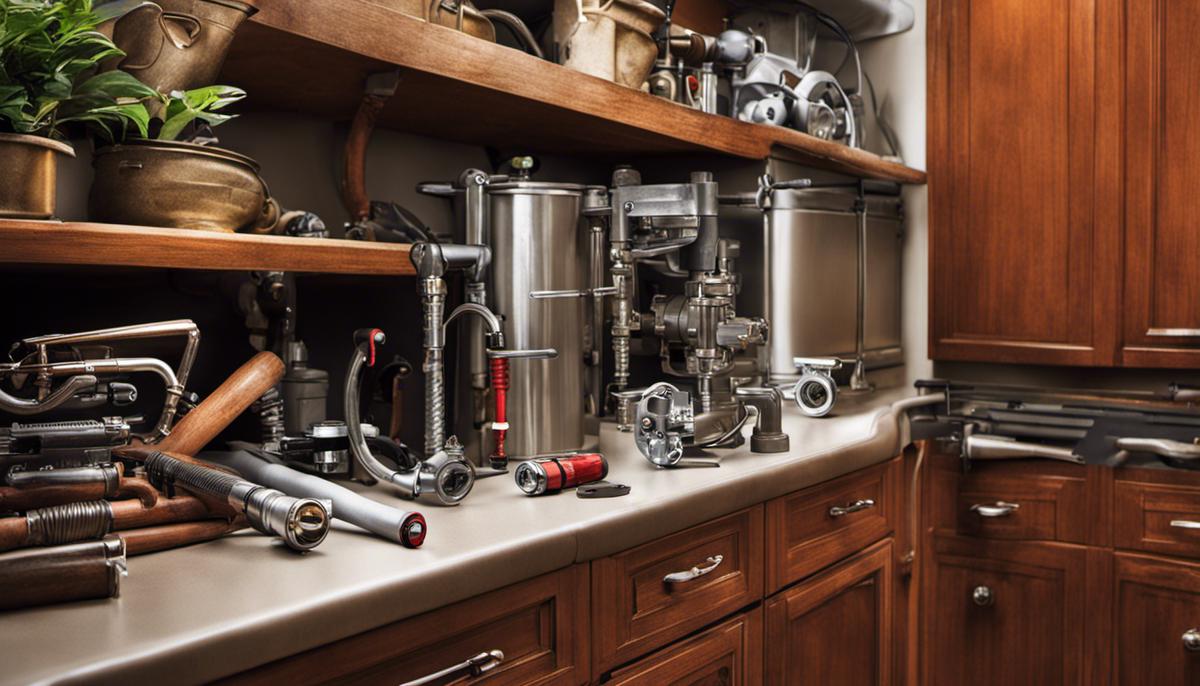
While encountering a clogged drain can indeed be a nuisance, it’s comforting to know that with the right understanding, tools and methods, they can often be resolved without complications. Understanding the primary causes of such clogs arms you with valuable preventative knowledge. Familiarity with tools like plungers, plumber’s snakes, hand augers, and chemical drain cleaners prepares you for the hands-on task. And finally, knowing how to methodologically approach the unclogging process will boost your confidence, ensuring that minor clogs no longer feel like major emergencies. So, the next time you are faced with a clogged drain, remember, you have the knowledge and the power to deal with it effectively.


